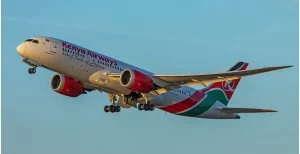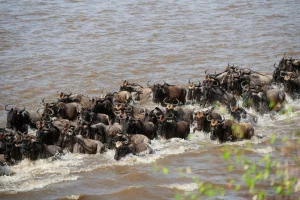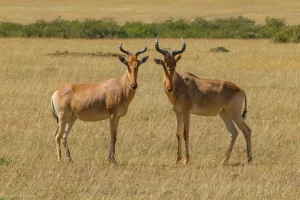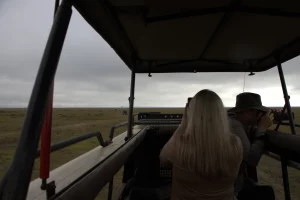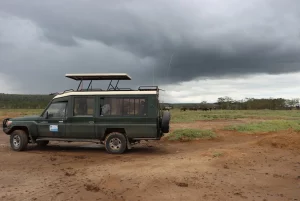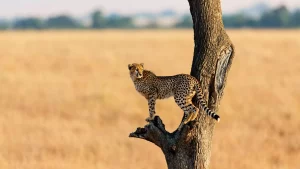Top Tips for Experiencing the Great Migration Masai Mara: Prime Viewing Strategies
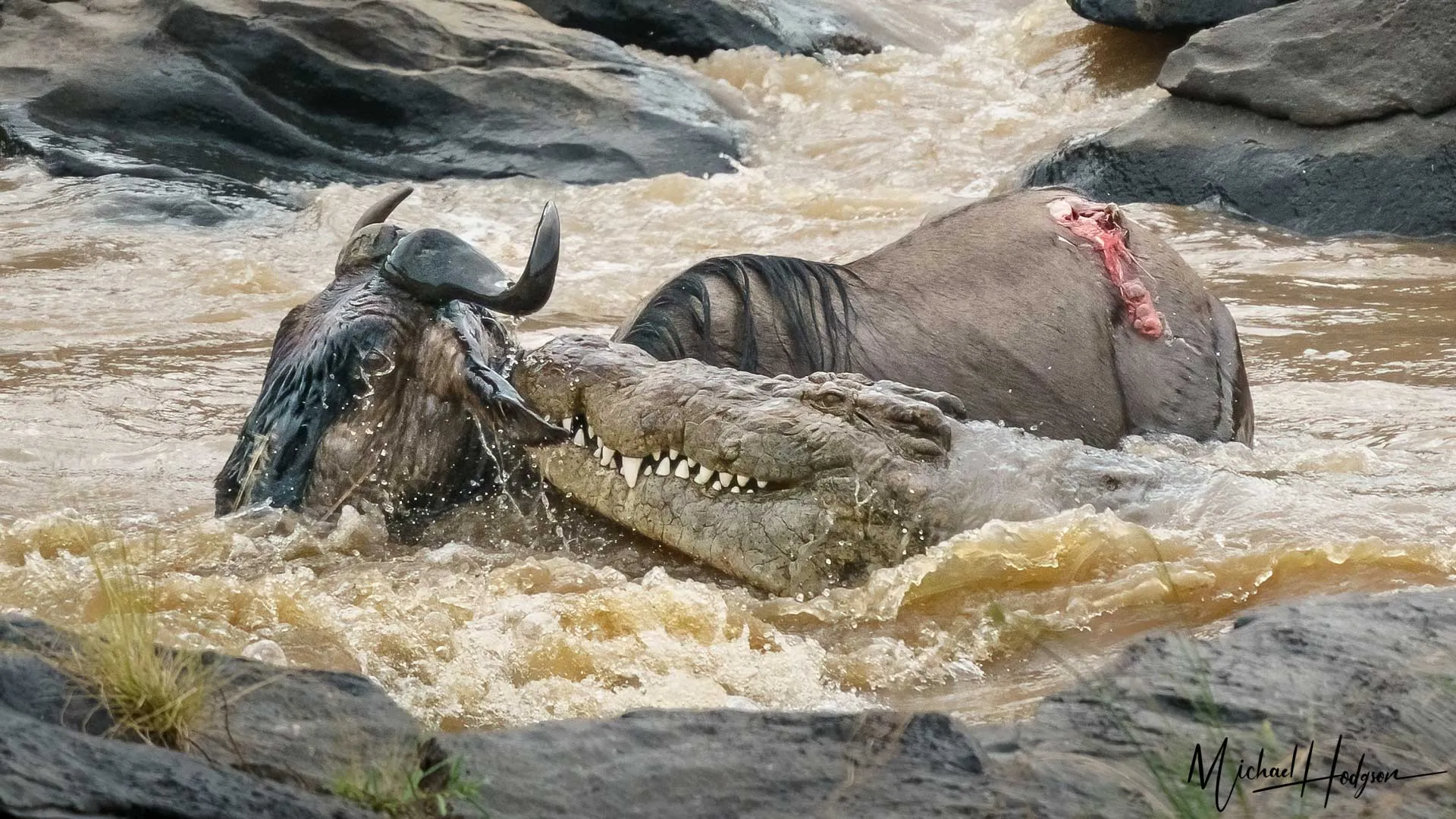
The Great Migration Masai Mara is an epic showcase of nature at its most raw and magnificent. Discover optimal times and locations for witnessing this phenomenon, gain expert tips for the best viewing experience, and learn how to plan your journey to the heart of the migration to Masai Mara in Kenya from Tanzania’s Serengeti National Park. Step into the world of wildebeests and be part of their ancient ritual without giving away all the secrets yet to unfold with our wildebeest migration safari tours.
How to Book Our Masai Mara National Reserve and Serengeti National Park Annual Great Migration Tours
We are one of the best safari companies that ensure you catch the best of this natural spectacle whether you want to catch the wildebeest in East Africa at Maasai Mara, Ngorongoro Crater or North, Central, and Western Serengeti. Besides, our migration packages ensure you not only see the migrating animals, but also big cats and other predator attacks during the massive herds constant movement.
For booking, inquiries, or questions about the Serengeti migration or Masai Mara migration, please contact us at james@ajkenyasafaris.com or safarioffers@ajkenyasafaris.com or WhatsApp/Call +254-748-258-880.
Our Most Booked Great Wildebeest Migration Tours and Other Packages
| Our Popular Packages | See the Detailed Itinerary | Safari Price/Quote |
| 6-Day Amboseli, L. Naivasha, & Masai Mara Safari | View the Itinerary | Contact Us to Get a Quote |
| 6-Day Amboseli, Lake Nakuru, and Masai Mara Safari | View the Itinerary | Contact Us to Get a Quote |
| 6-Day Hell’s Gate, Lake Naivasha, Lake Nakuru, & Masai Mara Safari | View the Itinerary | Contact Us to Get a Quote |
| 6-Day Hell’s Gate, L. Nakuru, & Masai Mara Safari | View the Itinerary | Contact Us to Get a Quote |
| 6-Day Nairobi & Masai Mara Family Safari | View the Itinerary | Contact Us to Get a Quote |
| 6-Day Nairobi, L. Nakuru, & Masai Mara Safari | View the Itinerary | Contact Us to Get a Quote |
| 7-Day Amboseli, Hell’s Gate, L Naivasha, & Masai Mara Safari | View the Itinerary | Contact Us to Get a Quote |
| 7-Day Amboseli, L. Nakuru, & Masai Mara Safari | View the Itinerary | Contact Us to Get a Quote |
| 7-Day Amboseli, Naivasha, Hell’s Gate, and Masai Mara Safari | View the Itinerary | Contact Us to Get a Quote |
| 8-Day Masai Mara, L. Nakuru, & Diani Safari | View the Itinerary | Contact Us to Get a Quote |
| 8-Day Honeymoon Safari in Kenya | View the Itinerary | Contact Us to Get a Quote |
| 9-Day Helicopter Tour Safari in Kenya | View the Itinerary | Contact Us to Get a Quote |
| 10-Day Classic Safari in Kenya | View the Itinerary | Contact Us to Get a Quote |
| 10-Day Kenya Wildlife Safari | View the Itinerary | Contact Us to Get a Quote |
| 12-Day Safari in Kenya | View the Itinerary | Contact Us to Get a Quote |
| 18-Day Safari in Kenya | View the Itinerary | Contact Us to Get a Quote |
| 3-Day African Safari in Kenya | View the Itinerary | Contact Us to Get a Quote |
| 3-Day Masai Mara Budget Safari | View the Itinerary | Contact Us to Get a Quote |
Key Takeaways
- The Great Wildebeest Migration is a perpetual natural phenomenon involving over 1.5 million animals (wildebeests, zebras, and gazelles) moving through the Serengeti-Mara ecosystem in pursuit of fresh grazing grounds and water, with cycles generally believed to be influenced & dictated primarily by rainfall patterns.
- For prime viewing of the Mara and Talek Rivers crossings, visitors are advised to plan their trip between July and early October and stay near the river for multiple nights to increase chances of witnessing the annual event.
- Conservation efforts and sustainable tourism practices are crucial for the continuation of the Great Migration, with initiatives that support local communities and wildlife, encouraging visitors to engage in ethical behavior such as respectful wildlife photography and avoid driving on grass to avoid destroying the animal’s food supply, and conserving the mangrove forests around lakes.
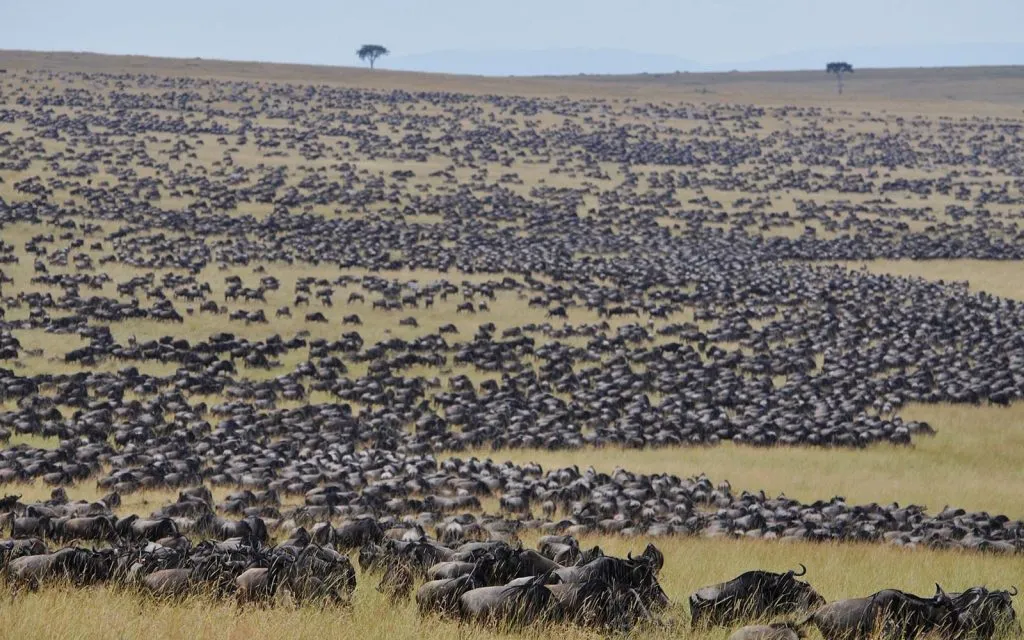
Exploring the Masai Mara Great Migration: An Overview
The Great Migration in Masai Mara is not just an event; it’s a perpetual dance of life, a 1,200-mile odyssey through the sweeping landscapes of Tanzania and Kenya, involving the relentless pursuit of sustenance by millions of wildebeests, zebras, and other herd animals. Imagine the ground vibration due to the animals thundering across the land as over 1.5 million wildebeests, alongside hundreds of thousands of zebras and gazelles, traverse the expansive 40,000-square mile Serengeti ecosystem, which includes the iconic Masai Mara National Reserve and the Ngorongoro Conservation Area.
Driven by the primal need to find food and water, these creatures are the embodiment of nature’s resilience, adapting their migratory age-old-route & paths in response to the shifting patterns of rainy season and dry seasons. This annual wildebeest migration is a cycle with no return journey or beginning or end, punctuated by dramatic events such as perilous river crossings and the tender moments of calving.
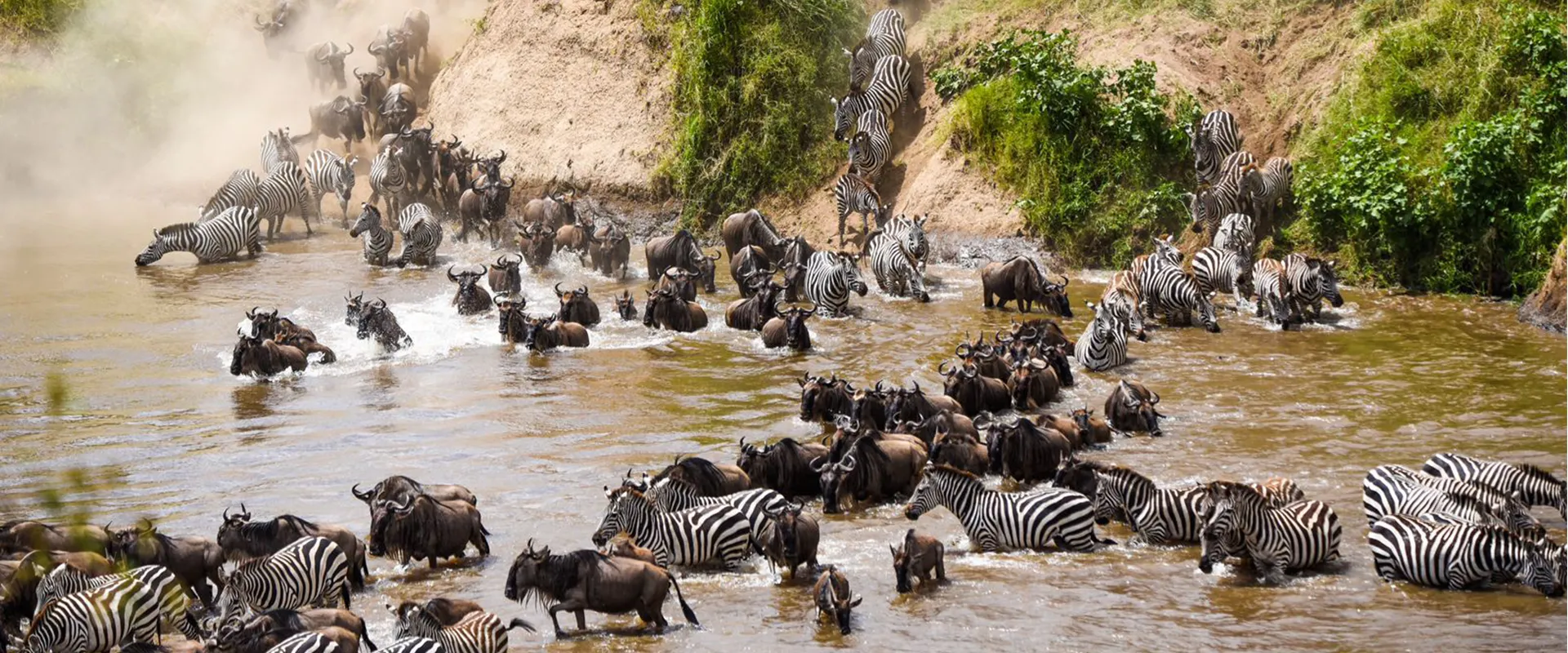
Timing Your Visit for the Mara River Crossing
The Mara River crossing is a crescendo in the symphony of the Great Migration, a spectacle best witnessed from July through early November, with the river coming alive with activity during:
- August
- Intervals in late July
- September
- Early November
This period marks the height of the dry season, revealing the migration in its rawest form as the herds muster the courage to plunge into the crocodile-infested waters.
For the best chances of witnessing these dramatic river crossings, plan your visit to the Masai Mara during this window, when the lack of rain renders the land parched, and the wildebeest herds have little choice but to cross in search of greener pastures & grassy plains of Masai Mara.
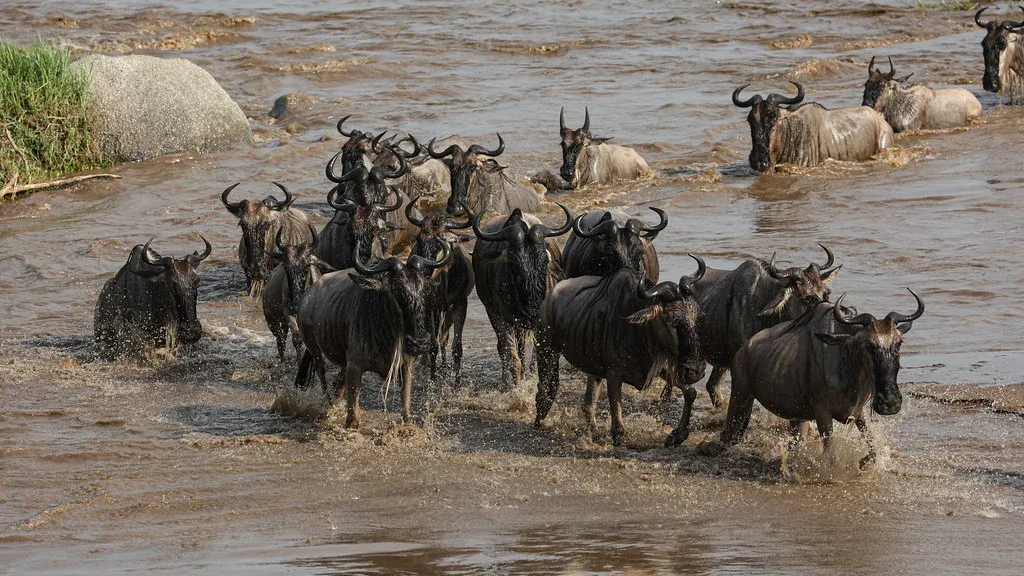
The Role of Rainfall Patterns
Rainfall patterns are the invisible hands guiding the Great Migration, orchestrating the timing and direction of the herds’ movement across the savannah. The annual variations in these patterns add an element of unpredictability, making each year’s migration a unique spectacle. As the ‘long rains’ soak Tanzania from April to May and the ‘short rains’ from November to December, the resulting growth of the grasslands dictates the herds’ pathways.
It is this dance with the rain that can hasten or delay the animals’ progress, challenging even the most seasoned safari-goers to predict the migration’s exact timing and when the herds cross into Mara for the fresh grazing land. At the beginning, smaller herds of wildebeest cross between Masai Mara and Serengeti before the big wildebeest funnel comes in full-force in early August. By this time, Masai Mara will have stopped receiving rainfall from Lake Victoria, making it the best grazing land during the wildebeest migration.
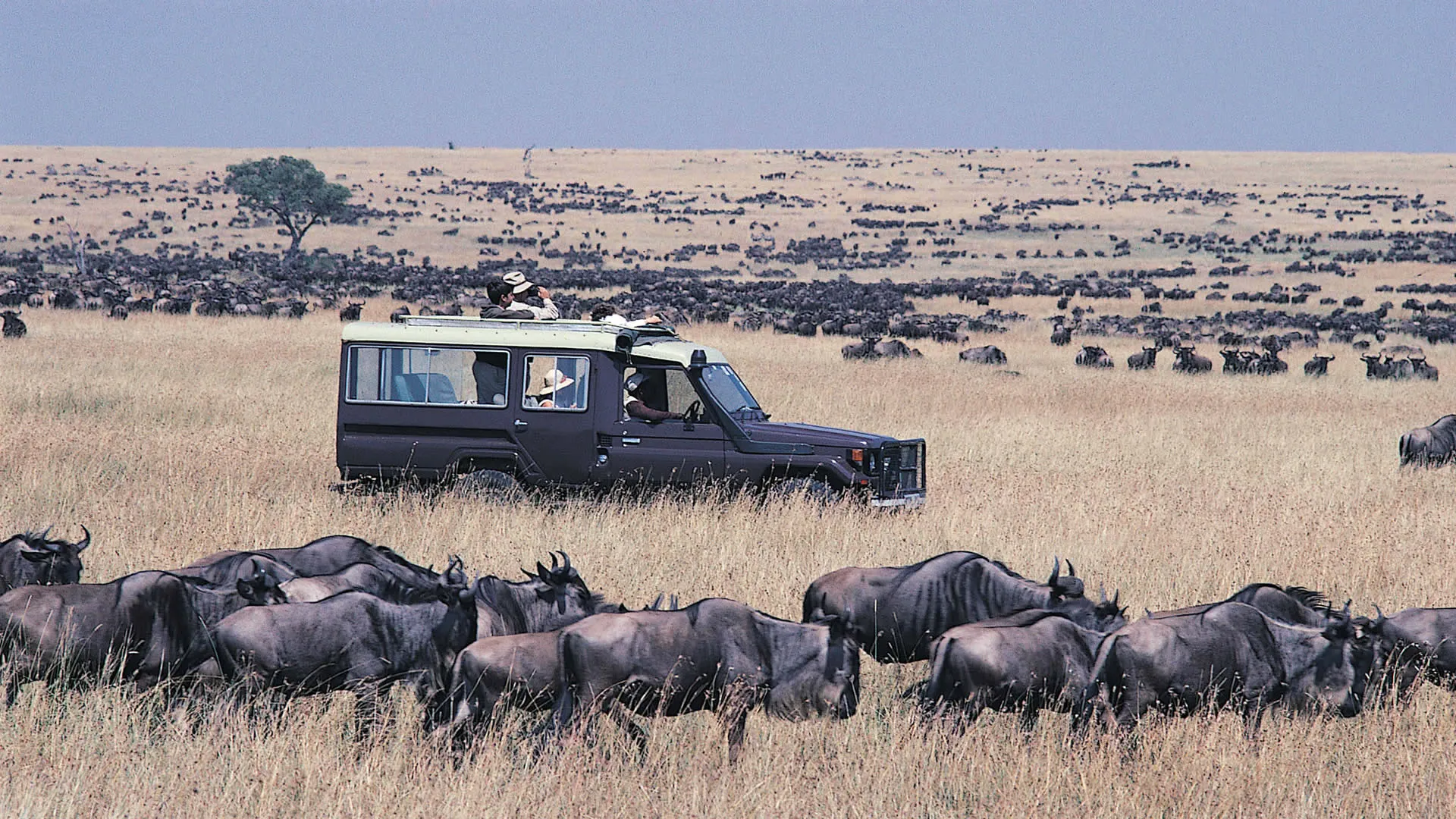
Strategies for Witnessing the Crossing
To maximize the chance of witnessing the iconic river crossings, consider:
- Booking several nights at a lodge near the Mara River, positioning yourself in the heart of the action
- Observing the herds for signs of restlessness, increased vocalization, and clustering near the river’s edge, as these behaviors may signal an impending crossing
- Diversifying your vantage points by scanning both up and downstream
- Remaining patient and vigilant—crossings can occur at various points and often without warning.
Above all, respect the wildlife; keep your distance from the river bank to avoid disturbing the animals and potentially preventing one of nature’s greatest spectacles.
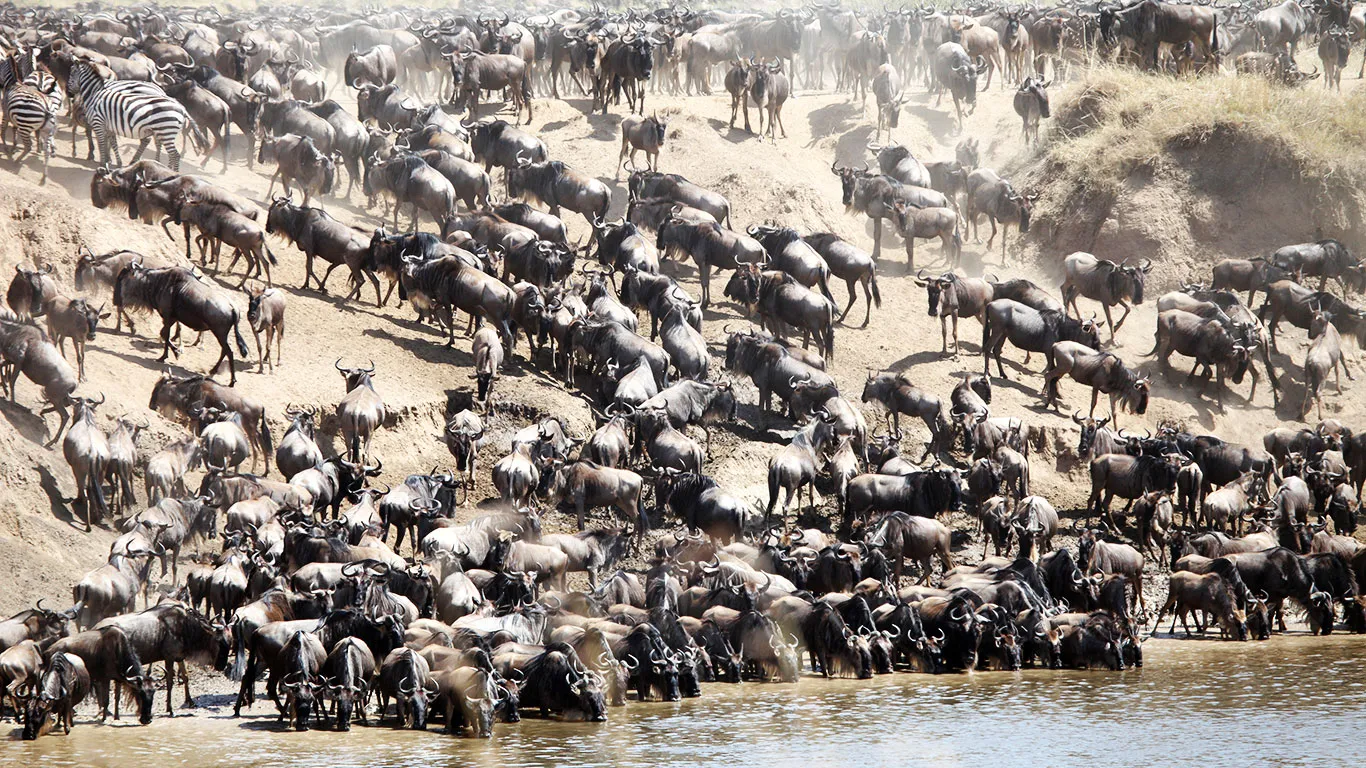
Key Locations During the Masai Mara Migration
The Great Migration meanders through a series of key locations, each offering a unique perspective on this natural marvel. As the herds move northwest toward the central Serengeti in April and May, they signal the onset of the mating season. Following the rhythm of the rains, the wildebeest gather at the Grumeti River in the western corridor come June, preparing for their northward trek commencing from the central Serengeti by May. This is when the wildebeest migrate, an awe-inspiring sight for all who witness it.
By July and August, the herds have fanned out across a broad front, from the western Serengeti to the Kogatende and Lamai areas in the north, where they brace for the climax of their journey—the Mara River crossings. As the year progresses, the herds disperse throughout the Masai Mara’s northern region, and by autumn, they begin their return voyage, passing through the northern and eastern Serengeti, including the Lobo area, eventually coming full circle to the southern plains.
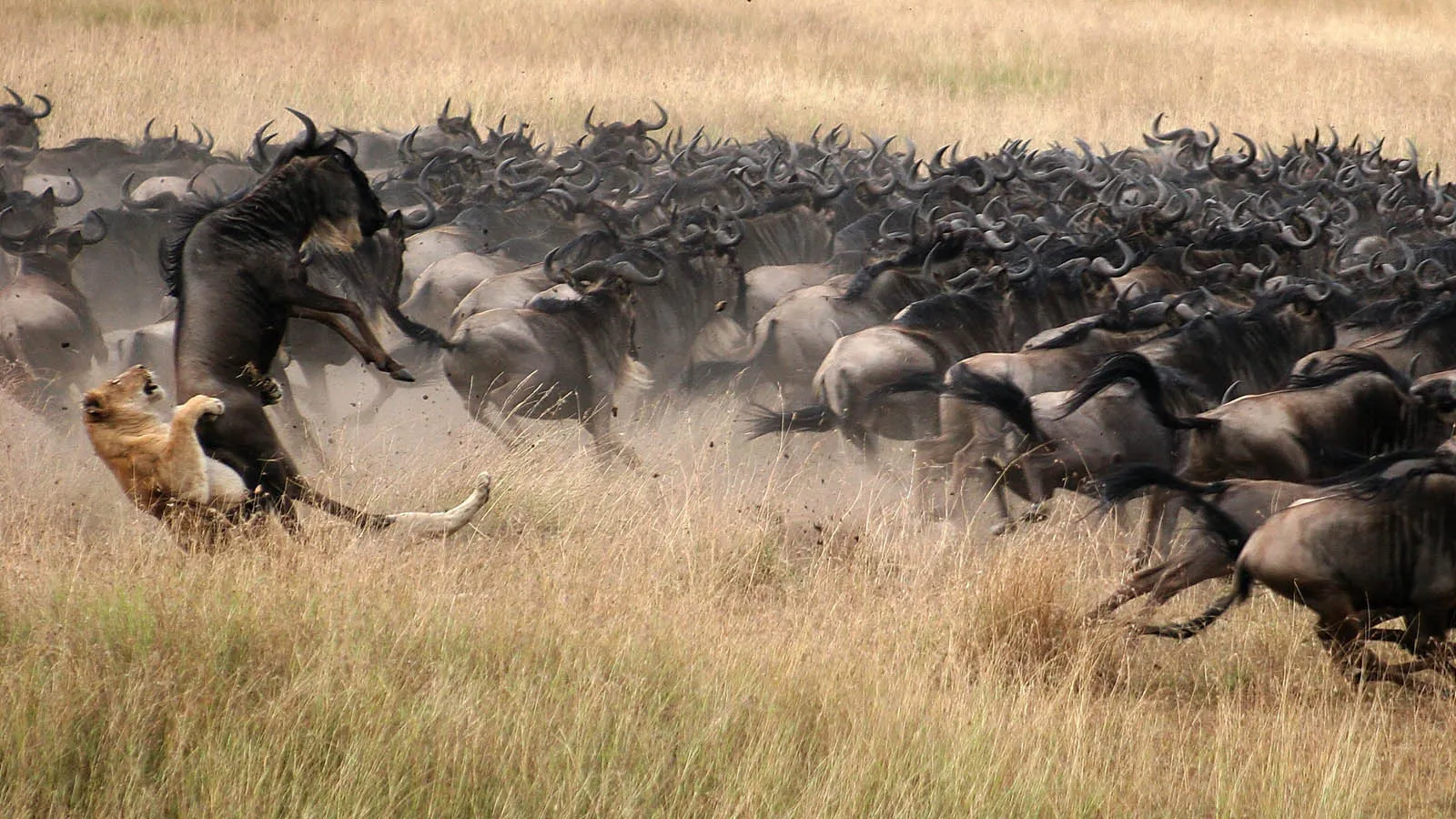
Southern Serengeti: The Calving Season
The Southern Serengeti and the Ndutu Plains serve as the cradle of life for the Great Migration, where the vast grassy expanses become dotted with newborn calves from January to March. Here, in a spectacle of birth and renewal, an estimated 400,000 wildebeest calves take their first breaths on the short-grass plains.
The birth season is not only a time of burgeoning life but also of heightened danger, as predators like wild dog, lion and leopard lie in wait, making this period ripe for witnessing raw, primal interactions between hunter and hunted.
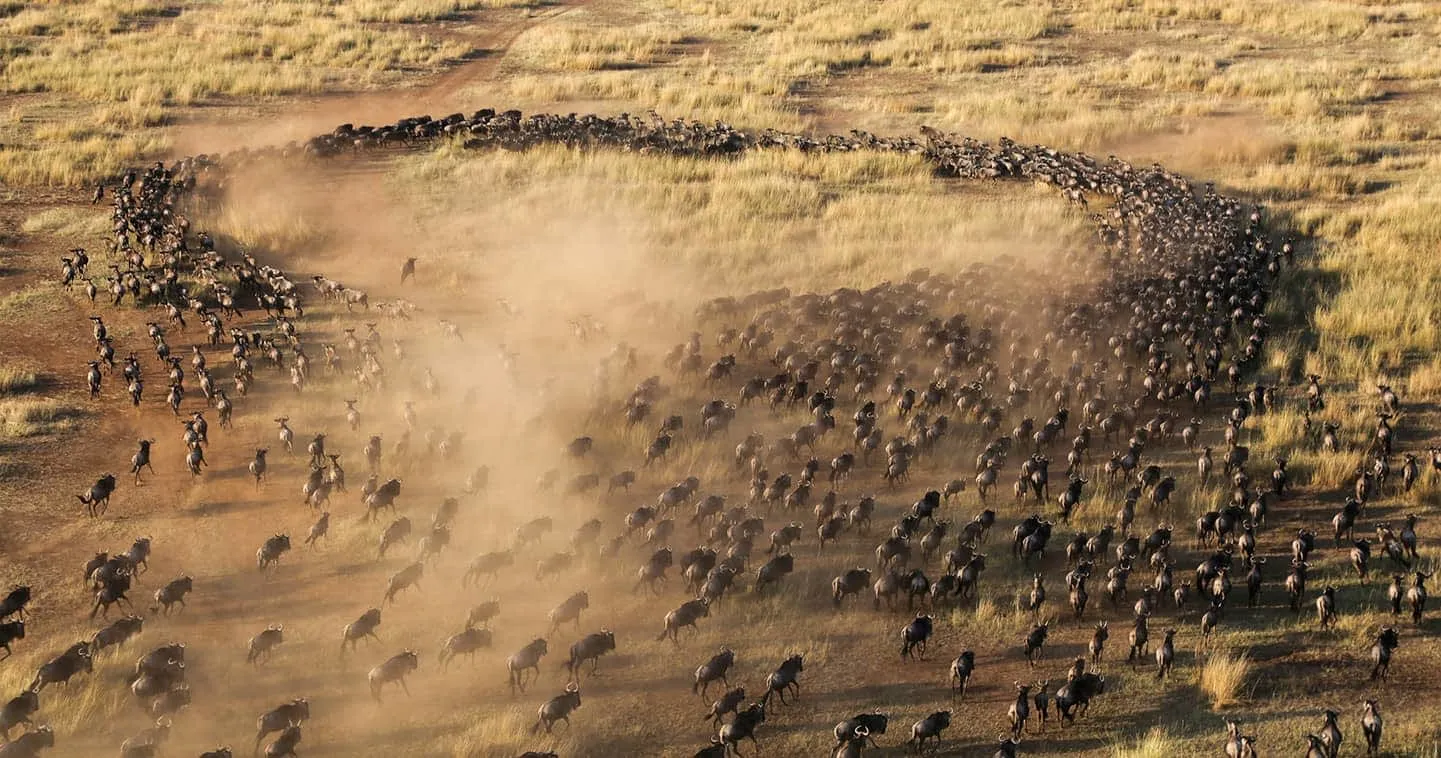
Northern Serengeti: Preparing for the Crossing
The Northern Serengeti in June is a staging ground for the wildebeest herds, amassing in anticipation of the grueling Mara River crossing. This is where the second largest congregation of the migration occurs, second only to the calving season in the south. Before they can reach the relative sanctuary of the Masai Mara, the herds must first conquer the treacherous Grumeti River, a perilous prelude to the main event that unfolds in June and July.
As they journey through the Serengeti National Park on a wildebeest migration safari, particularly the northern Serengeti, the wildebeest travel through strategic areas such as the Ngorongoro Crater, Ikorongo Game Reserve and the Serengeti’s western corridor, each step bringing them closer to their fateful leap into the Mara River.
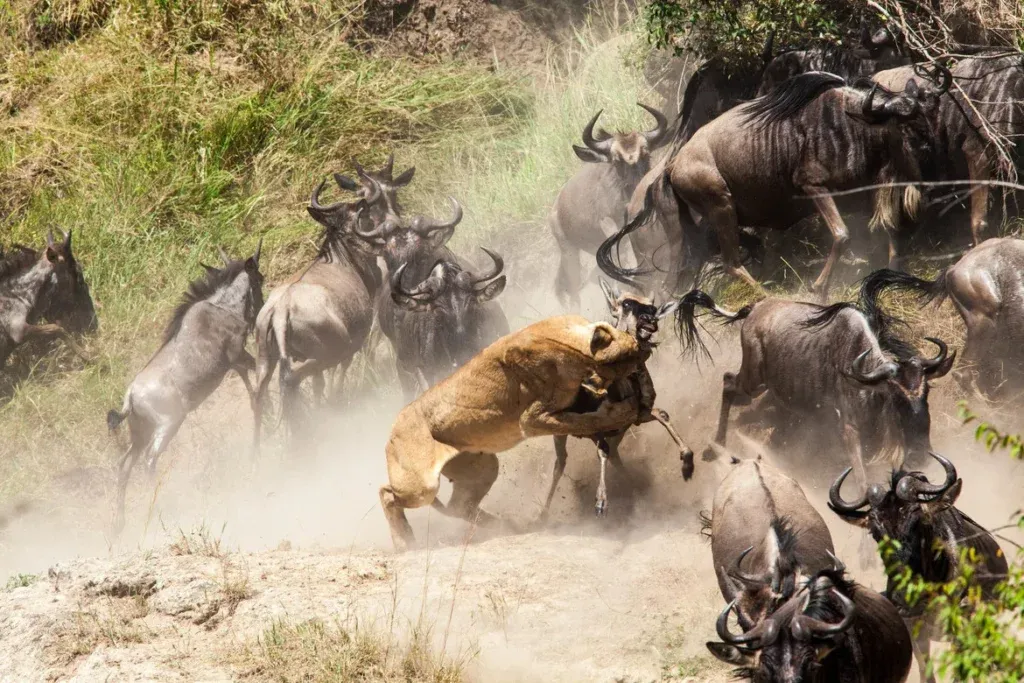
The Predators of the Great Wildebeest Migration
The Great Migration is a tableau of life and death, where the predators of the Masai Mara play a pivotal role. As the wildebeest and their fellow travelers embark on their journey, they are constantly shadowed by the following predators:
- Lions
- Leopards
- Cheetahs
- Hyenas
- Crocodiles
- Wild dogs
All of these predators are drawn to the abundance of prey.
The calving season, in particular, is a critical time, as the newborns present a bounty for the predators. During this period, the savannah is transformed into a stage for some of the most intense predator-prey encounters, providing safari-goers with heart-stopping moments as:
- Lions stalk their prey
- Cheetahs chase down their targets
- Hyenas scavenge for leftovers
- Crocodiles lie in wait at river crossings
The circle of life unfolds before their eyes.
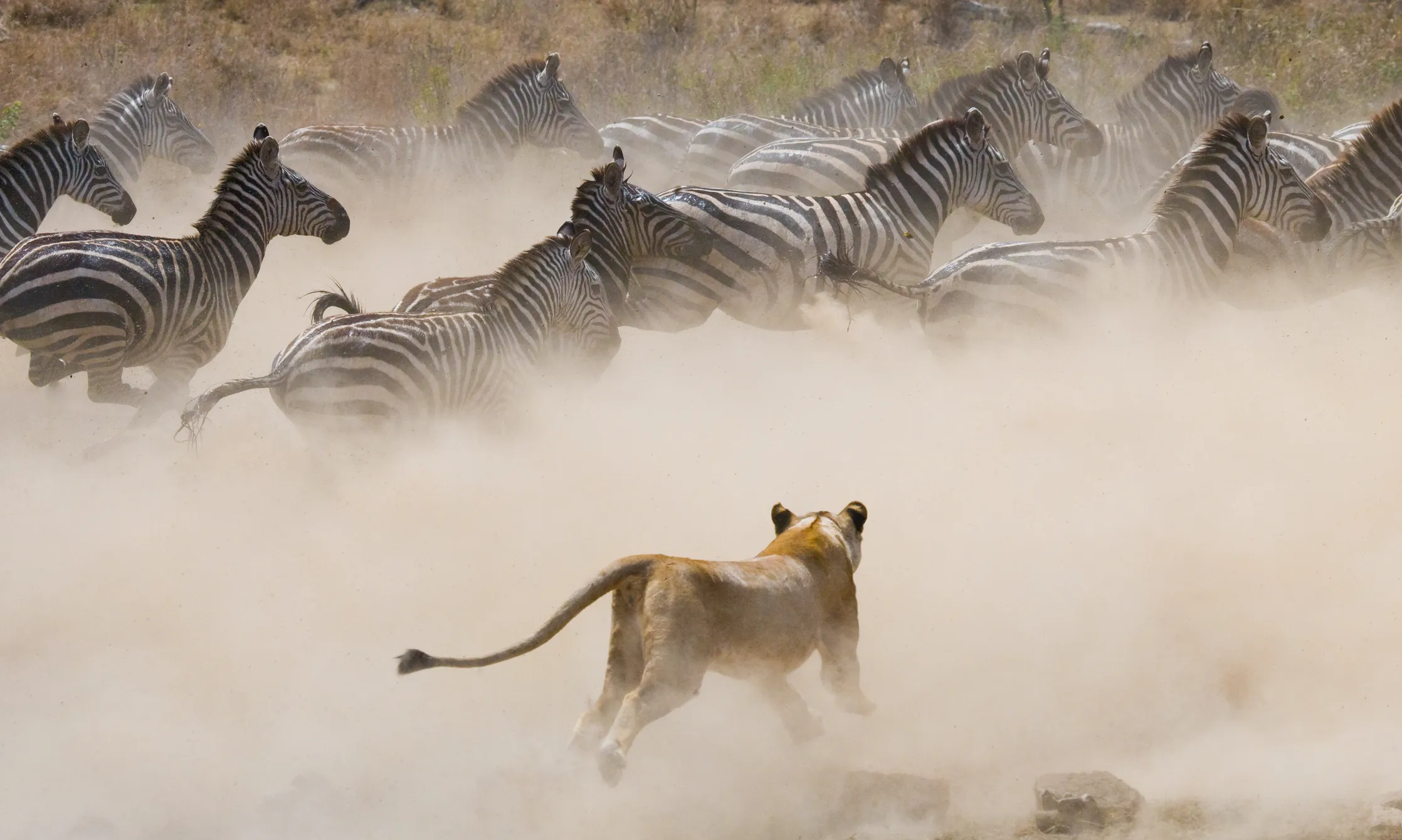
Choosing Your Great Migration Safari Experience
The Great Migration safari experience is as diverse as the landscape of East Africa itself. For those seeking to follow the herds’ epic journey, specialized migration safaris are designed to enhance the odds of witnessing the spectacle, particularly the river crossings.
Whether you long for the rustic charm of mobile camps that pitch their tents in the heart of the action or prefer the comfort of luxury lodges nestled in private reserves, there’s an adventure tailored for every taste and style.
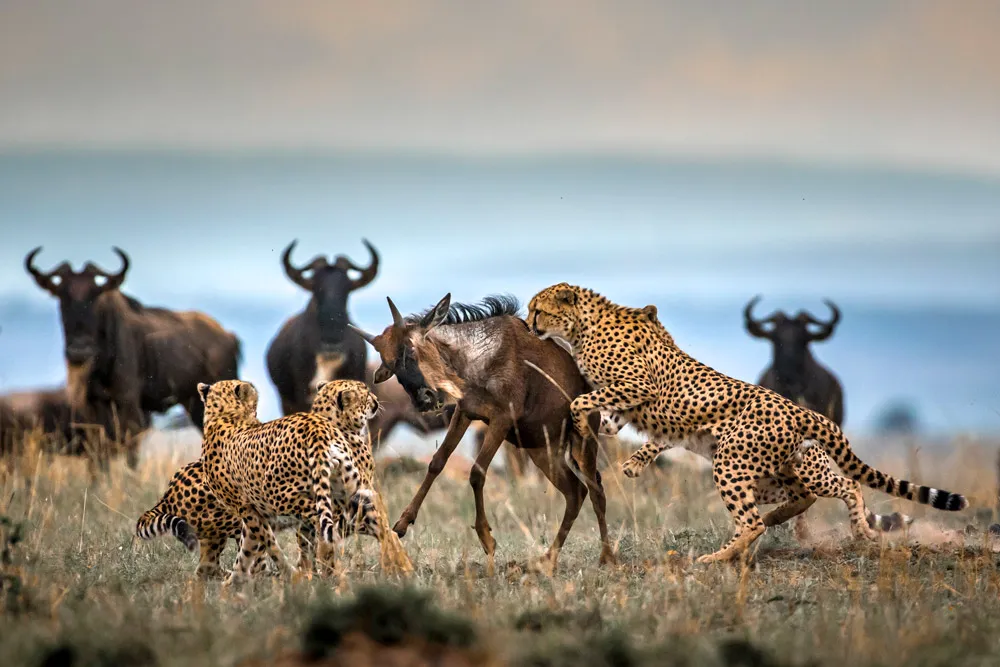
Mobile Camps vs. Permanent Lodges
The choice between mobile and permanent camps can shape your safari experience. Mobile structures, such as Nomad Serengeti Safari Camp and andBeyond Serengeti Under Canvas, offer the enthralling opportunity to stay on the move with the migrating herds, with luxury amenities and expert guides enhancing the adventure.
Meanwhile, permanent lodges provide a sense of stability and opulence, with established facilities and resident guides who bring deep knowledge of the migration’s ebb and flow, often with smoother travel options like flights to lodge airstrips.
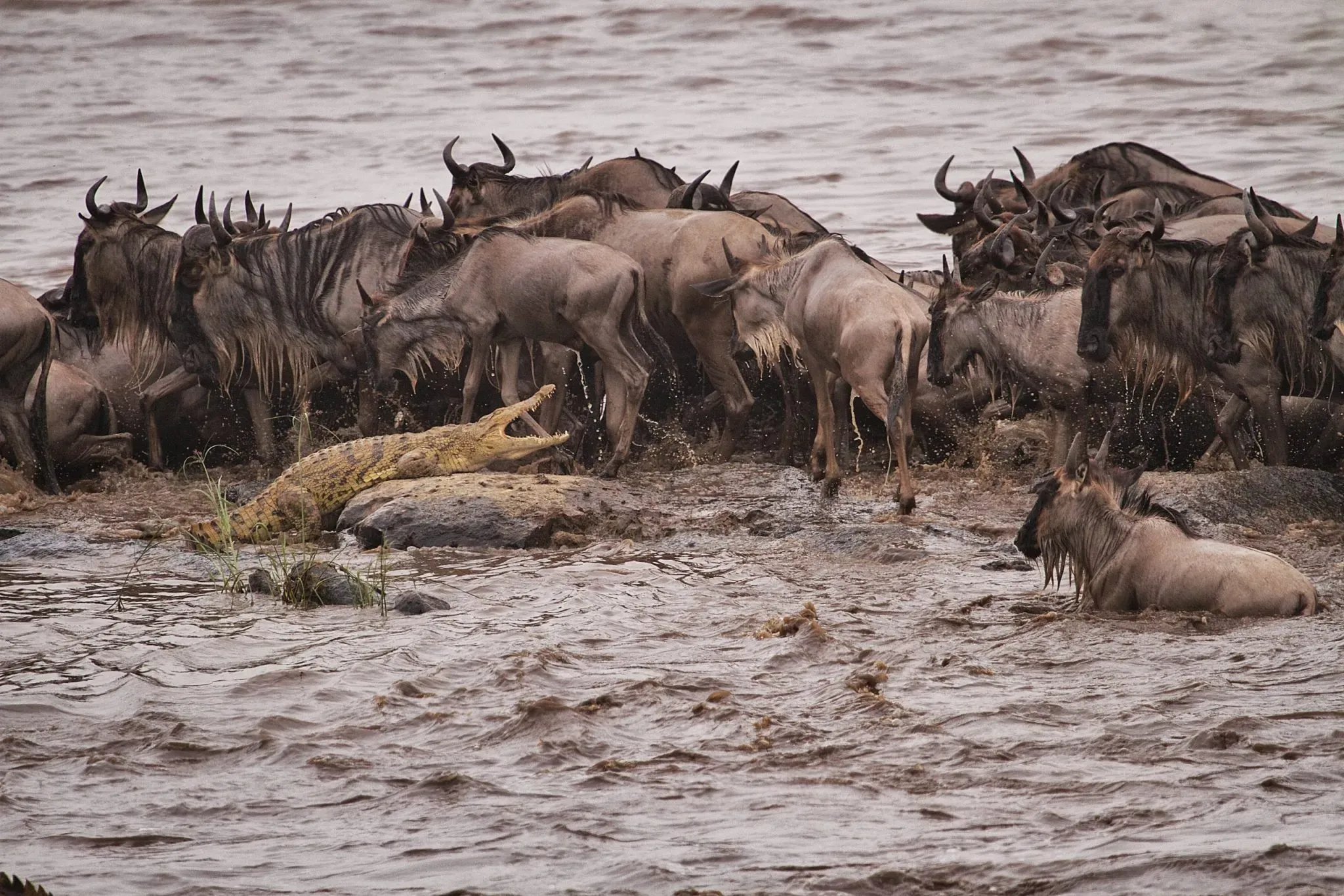
Tailored Tours and Custom Experiences
For those who wish to weave their own narrative into the tapestry of the Great Migration, custom safari experiences offer endless possibilities. Some options include:
- Intertwining wildlife viewing with gorilla trekking in the misty forests
- Cultural immersion in local Maasai villages
- Drifting above the herds in a hot air balloon
- Gliding along a river on a serene boat safari
Select accommodations that resonate with your preferences and budget, from luxury forest lodges to the adventurous mobile & permanent camps that follow the wildebeest’s epic movement across the savannah.
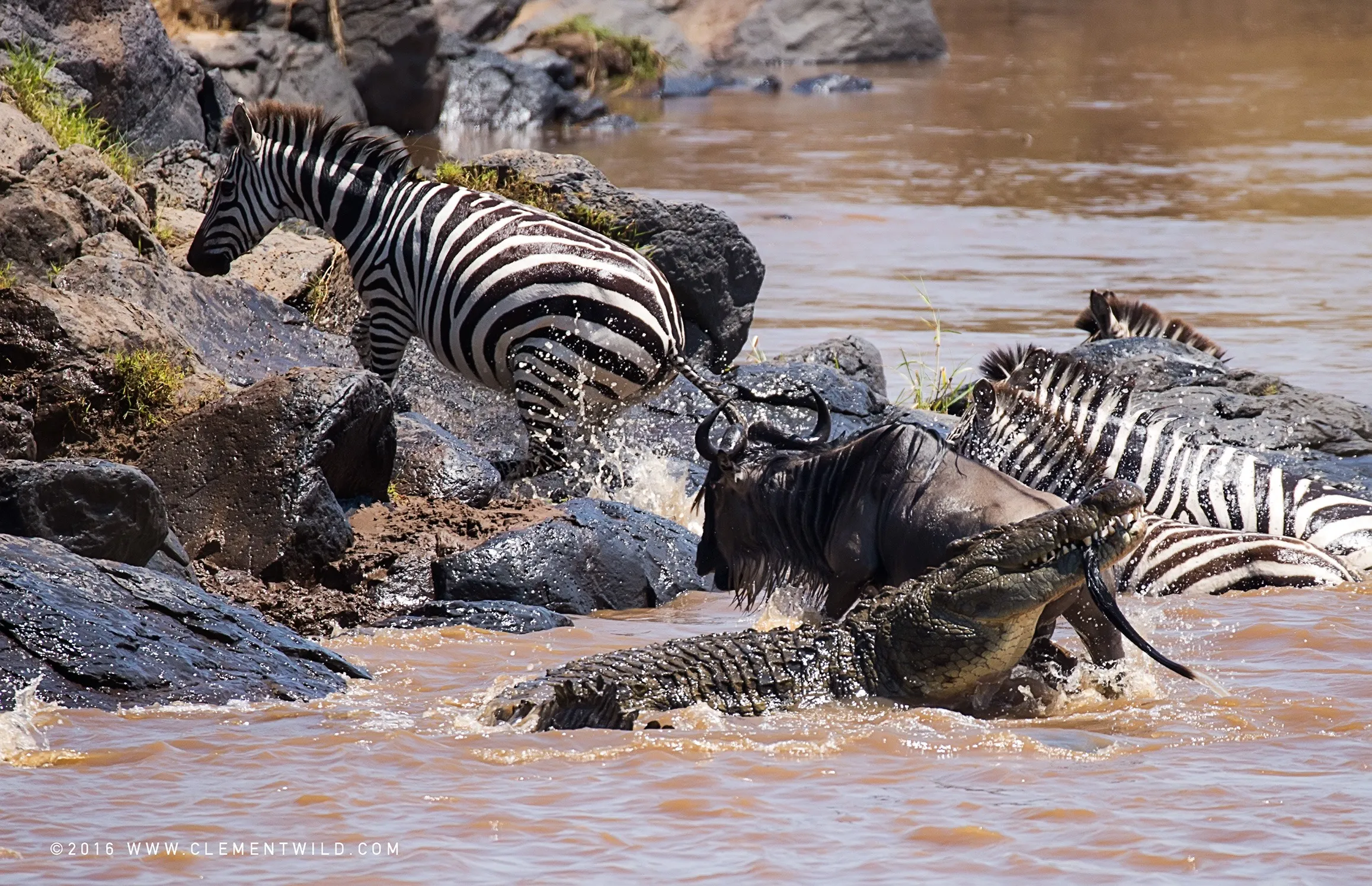
Conservation Efforts and Sustainable Tourism
The continuity of the Great Migration is not a guarantee but a privilege that hinges on diligent conservation efforts and sustainable tourism practices within the Serengeti-Mara ecosystem. Navigating the needs of:
- wildlife
- pastoralists
- farmers
- hunters
is a complex dance, essential for maintaining the rich tapestry of biodiversity and supporting human communities.
Initiatives like the Nashulai Maasai Conservancy and Maswa Game Reserve exemplify the commitment to creating jobs, providing sustainable farming and herding training, and combating poaching in the Masai Mara Game Reserve. Luxury safari experiences often partner with these conservation efforts, blending the thrill of adventure with the fulfillment of contributing to the preservation of this UNESCO World Heritage site.
As a visitor, practicing ethical wildlife photography is one way to respect and minimize disturbances to the animals, allowing us to bear witness without leaving a trace.
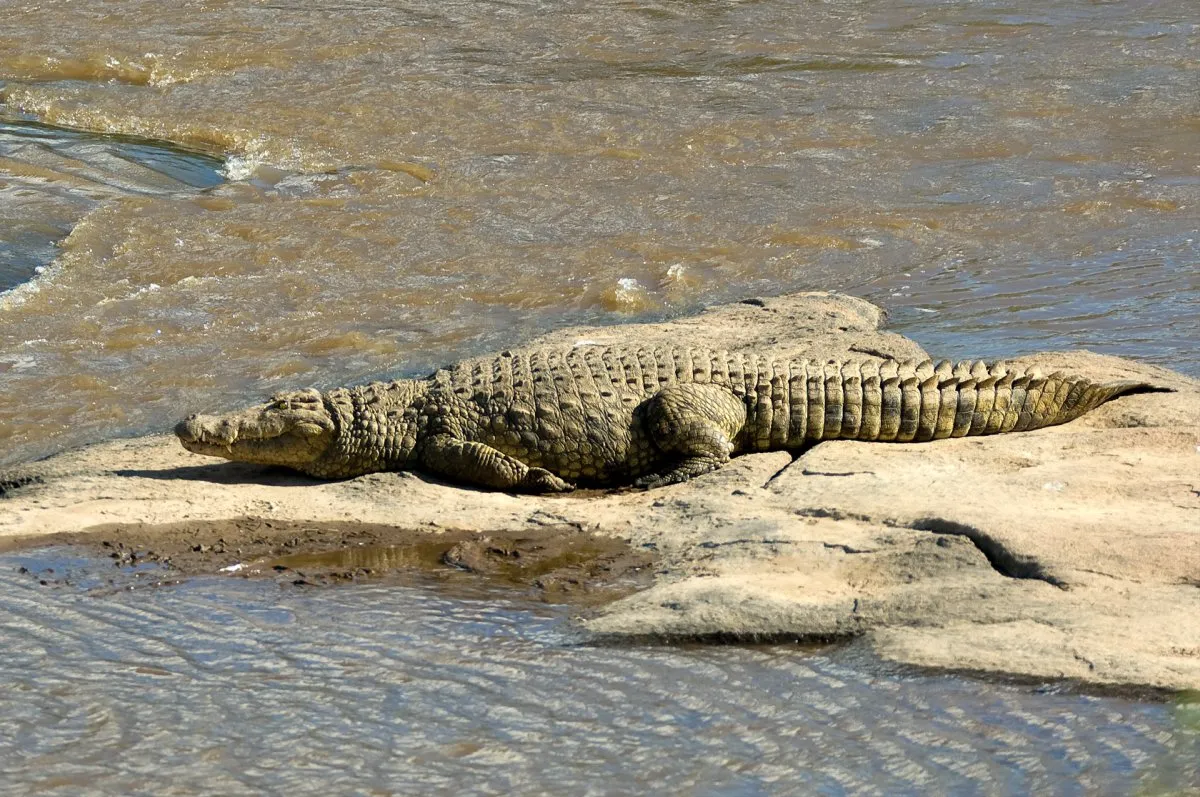
Photography Tips for the Great Migration
Capturing the essence of the Great Migration through a lens requires a blend of technical skill and artistic sensibility. Here are some tips for photographing this incredible event:
- Shoot during the golden hours of early morning and late afternoon to capture the most flattering light.
- Use high ISO settings and fast shutter speeds to freeze the action of thundering hooves and leaping wildebeest.
- Experiment with slower shutter speeds to create a sense of motion and blur the herds into a single, fluid mass.
- Use wide-angle lenses to encompass the grandeur of the migration.
- Use telephoto lenses to zoom in on the poignant interactions between individual animals.
By following these tips, you can capture stunning photographs of the Great Migration.
Playing with perspectives, from ground level to elevated vantage points, adds depth and drama to your images, capturing the raw emotion of river crossings and the quieter moments of reflection.
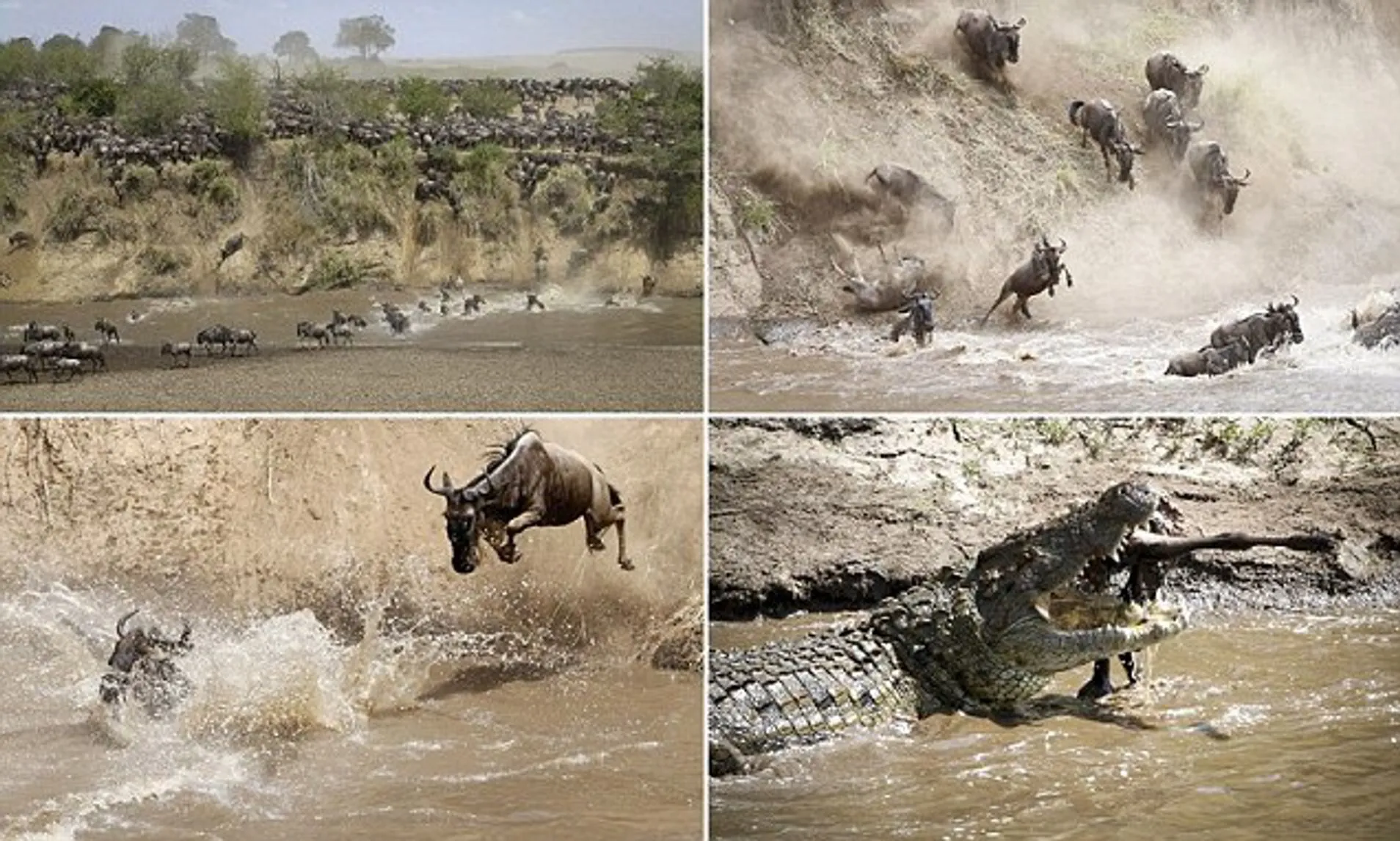
Planning Your Trip: Practical Advice
The key to a successful Great Migration safari lies in thoughtful planning. The dry season, with its sparse vegetation and concentrated water sources, offers the best wildlife viewing opportunities, as animals are easier to track and find. High season, from June to October, promises the most activity but requires advance booking due to higher rates and greater demand.
For those seeking solitude and exceptional bird-watching, the low season from January to March and November to December presents a quieter, more intimate experience, with the added bonus of lower rates. Consider factors such as rainfall, which peaks in April and May, and humidity, which is lower in September and October, to ensure the timing of your visit aligns with your comfort and the activities you wish to pursue.
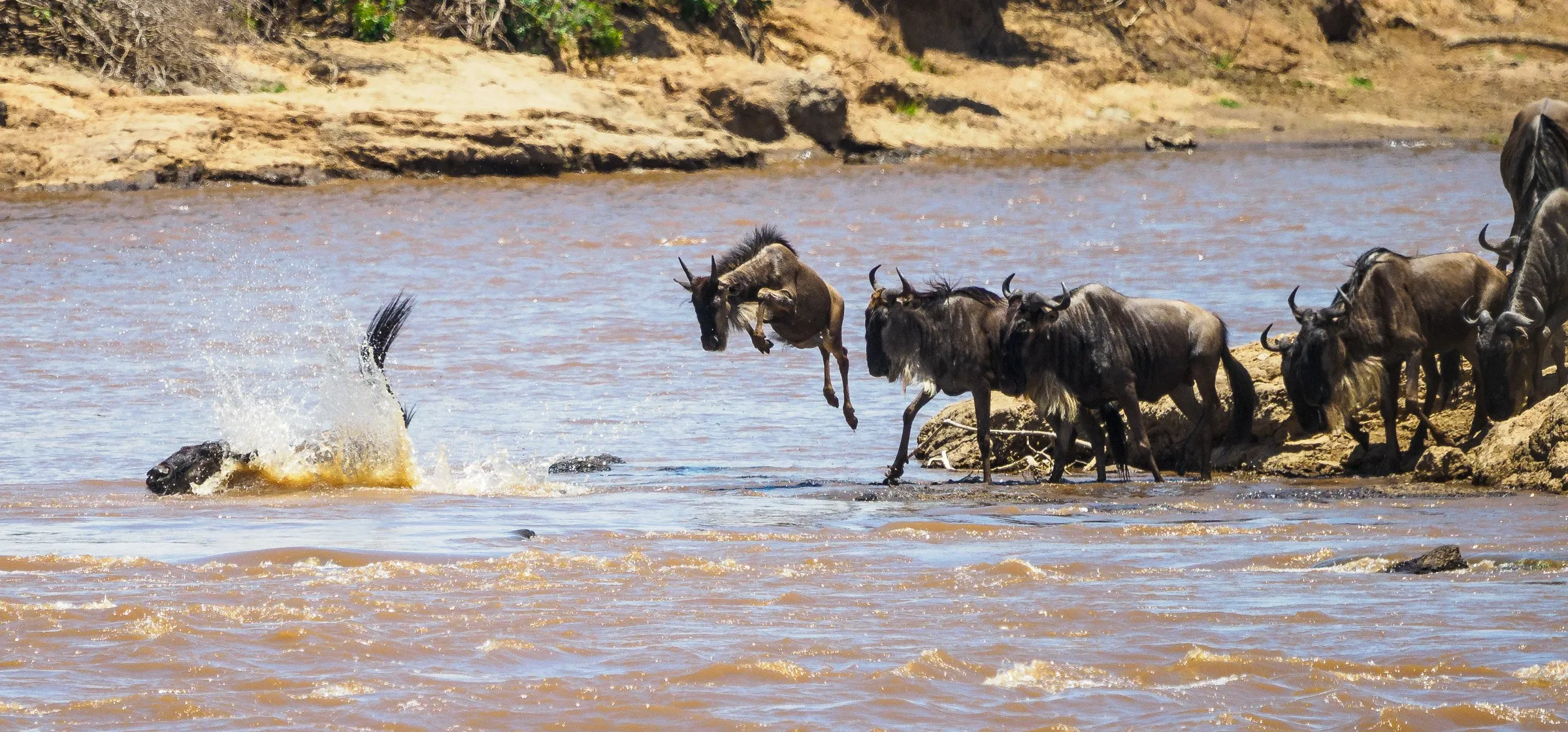
Summary & Frequently Asked Questions
The Great Migration is a testament to the power and beauty of the natural world, an experience that stays with you long after you’ve returned home. Through this blog post, we’ve traveled the migratory route, understood the best times to witness the river crossings, discovered the key locations and the vital role of predators, and explored the various ways to tailor your safari experience.
We’ve also stressed the importance of conservation efforts and sustainable tourism practices that ensure the continuation of this wonder. And finally, we’ve offered practical advice to help plan your adventure. May the thundering hooves of the Great Migration call you to the wild, to witness a spectacle that transcends time and ignites the soul.
1. What month is the Great Migration in Masai Mara?
The Great Migration in Masai Mara takes place in the months of July to October, attracting 1.5 million wildebeest from the Serengeti. This period sees the savannah filled with wildebeest, zebras, and other herbivores.
2. What is the Great Migration in Masai Mara 2024?
The Great Migration in Masai Mara in 2024 will witness the annual movement of over two million wildebeest, along with zebras, eland, gazelles, and other herbivores. This migration is a dramatic spectacle to behold.
3. What is the best time to see the Great Migration?
The best time to see the Great Migration is mid-July through mid-September when the herds migrate to Kenya’s Masai Mara, with higher chances to witness a river crossing.
4. What is the best time to go to Masai Mara?
The best time to go to Masai Mara is during the dry season from June to October. It offers the best chance for wildlife sightings and clear weather.
5. How do rainfall patterns affect the migration?
Rainfall patterns directly impact the availability of grazing lands, which ultimately affects the timing and direction of migration for animals like wildebeests. Such variations can make the migration timing unpredictable from year to year.
6. How far is the Great Migration in Africa?
It takes one year, 1,200 kms to complete. Even though it can often be called an annual event, the big migration is actually a continuous yearlong, fluid migration of wildlife through Tanzania and Kenya. It stretches approximately 1,500 kilometers.
7. Where is the best place to see the Great Migration in Africa?
A large amount of young prey also allows you more likely encounters with Lions on your trip. Serengeti National Park, Tanzania: Certainly one of the best places to see the Great Migration.

